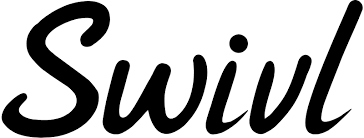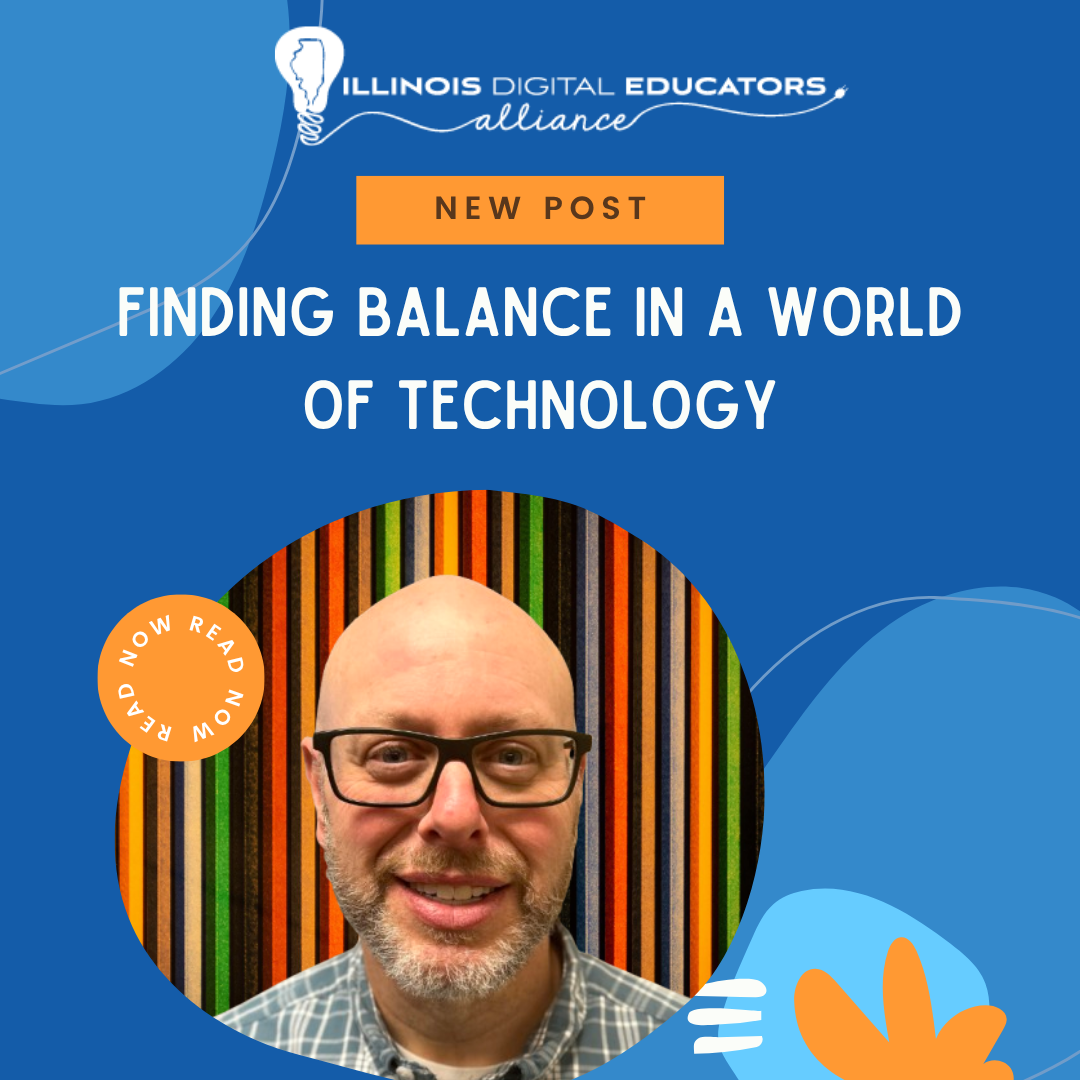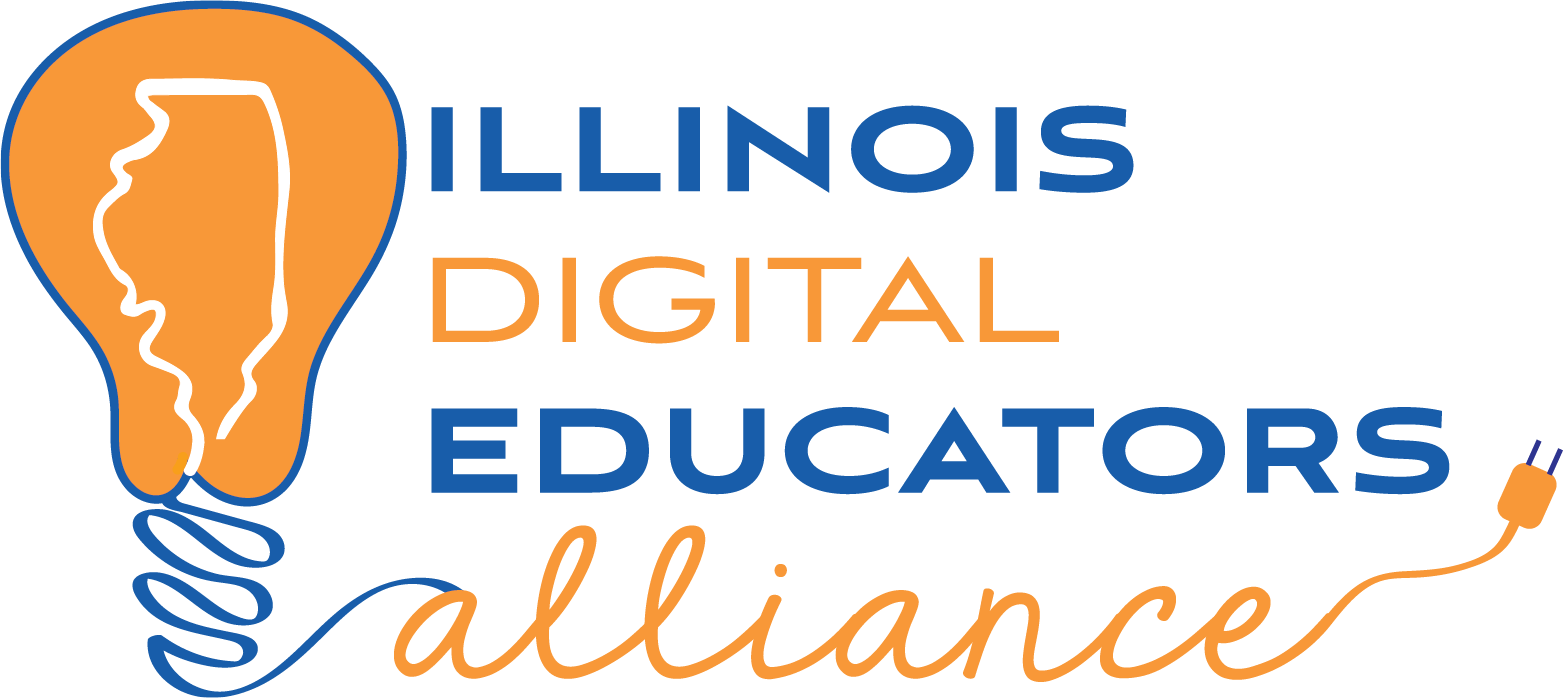Reflection: the under-emphasized key to learning
For centuries we’ve known there are two requirements for learning: engagement and reflection. Yet, in recent years we’ve greatly emphasized engagement, often at the expense of reflection. It’s enough of a shift to wonder, is that the right direction?
Jean Piaget argued that we reflect on our experiences to move through specific life stages. Similarly, Robert Kegan argued that we advance to the next stage of development when we’ve reflected on issues from the previous stage, a process of mental transformation.
They, and others, came to the same conclusion about learning: we engage with people, activities, and information, then we reflect. As a result, we make new realizations that become a part of us. That’s how learning and growth occur.
However, modern students experience a massive imbalance of these two requirements. Students’ lives are filled with more engagement than they can handle, and arguably less reflection than they need. The reflection that is part of their school experience is too limited.
Teachers are increasingly feeling that they have to work harder than ever to reach students whose test scores and behavior often seem to be getting worse.
We believe a new path forward that addresses these challenges is possible by seeing reflection for what it is: a necessary tool for learning.
Over-engaged
Many students are over-engaged before they even enter school.
Addictive social apps, immersive video games, and, now, powerful generative AI present kids with people, places, and experiences far more interesting than the four walls of a classroom.
How can a math worksheet compare to viral videos? More and more, we’re seeing that it doesn’t.
It seems that classroom learning has become just another experience for students, albeit not a very
engaging
one, and one that currently doesn’t help students develop the ability to see themselves as learners.
As many report, if learning doesn’t capture students’ attention, they see no reason to pursue the challenge. Take for example, the recent post on X, in which a student reflection
included the response “I don’t really see school as a place to learn. I see it as doing work to achieve a grade.”
Ironically, pursuing
student engagement as a standalone goal is a common response to these challenges of modernity. If teachers made class as interesting, relevant, and entertaining as students’ digital lives, the thinking goes, they might sit down and do the work.
But school will never be as engaging as consumer technology, nor is it obvious that it should be. For one, the precise relationship between learning and engagement is still
surprisingly unclear. As renowned education thinker Alfie Kohn
said, “Engagement is insufficient because we need to consider whether a task demands mental effort.” Emphasizing engagement overlooks the other required piece of the learning process, reflection.
Reflection is the antidote
We believe students need more reflection than ever to integrate their daily learning experiences.
Through a significant increase in reflection, students will have the opportunity to integrate their subjective learning experiences as objective lessons and to start seeing themselves as learners again.
When students are presented with quality, relevant reflection prompts on a regular basis, and they
receive feedback to help build their reflective skills, they gain the ability to:
- Narrate their learning experiences with increasing levels of detail and accuracy
- Identify feelings they’ve experienced about or during their learning
- Think through new realizations that arise from experiences, and
- Plan goals or next steps to make use of new learnings
The sequence above describes the process of transformation of the mind - where subjective learning is turned into objective lessons, and students gain the ability to see themselves as learners. Yet reflection’s place in school as a required tool for learning has been limited or often even removed, especially amidst recent educational trends.
Where reflection is most common today is in SEL programs. While reflection for SEL is indeed valuable, we need to remember its important place in the learning process, so students can reap its full benefits.
Perhaps most importantly, we should recognize that reflection is the integration of learning and social-emotional development into one process. Seeing this opens up possibilities for new approaches in both areas.
Transforming minds
There are a few different perspectives on how to handle education’s challenges of modernity. Some advocate for a reversion to tradition, with a focus on academic rigor and emotional resilience. Others make a more progressive case, leaning into student engagement and social-emotional needs above all else.
We’re realizing that the best path forward is a new, third way that integrates the best of both sides. One that is both uniquely possible and uniquely needed today.
This new path we’re forging is where teachers pair every opportunity for student engagement with high-quality student reflection, and personalized, immediate feedback in response to those reflections. Now, with the power of AI, we can make this a reality. This approach, which can restore reflection’s place as a requirement for learning, builds students' social and emotional skills in the context of supporting their academic learning.
Most importantly, when we finally restore reflection’s rightful place in our over-engaged world, we give students the skills and opportunity needed to integrate all their subjective experiences into objective lessons, transforming their minds for the better.
Let’s go beyond giving students more to think about. Let’s help them build a better mind to think with.

Brian Lamb is the CEO and Co-Founder of Swivl, a reflective tools company. Connect with Brian on X (Twitter) @blamb.





